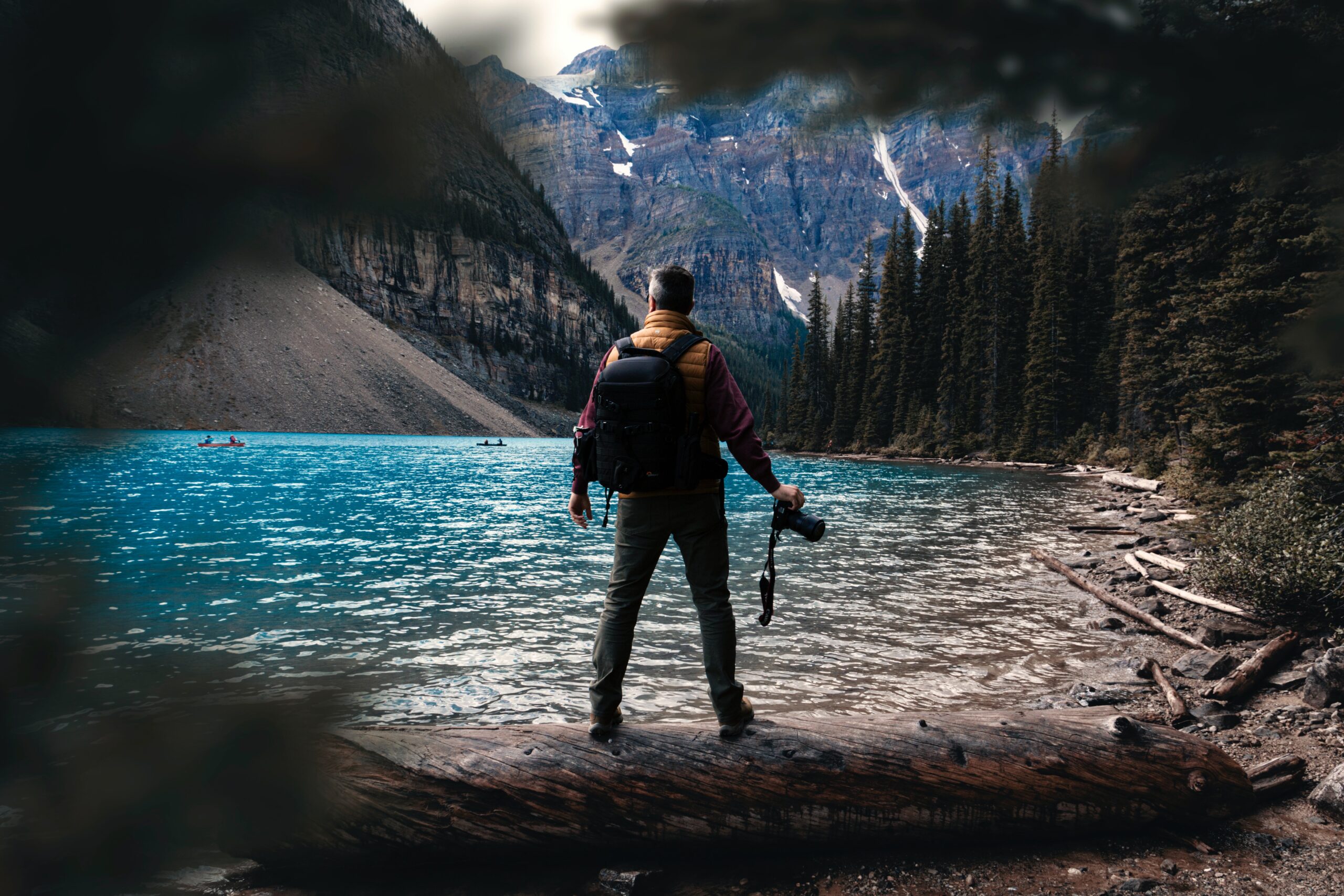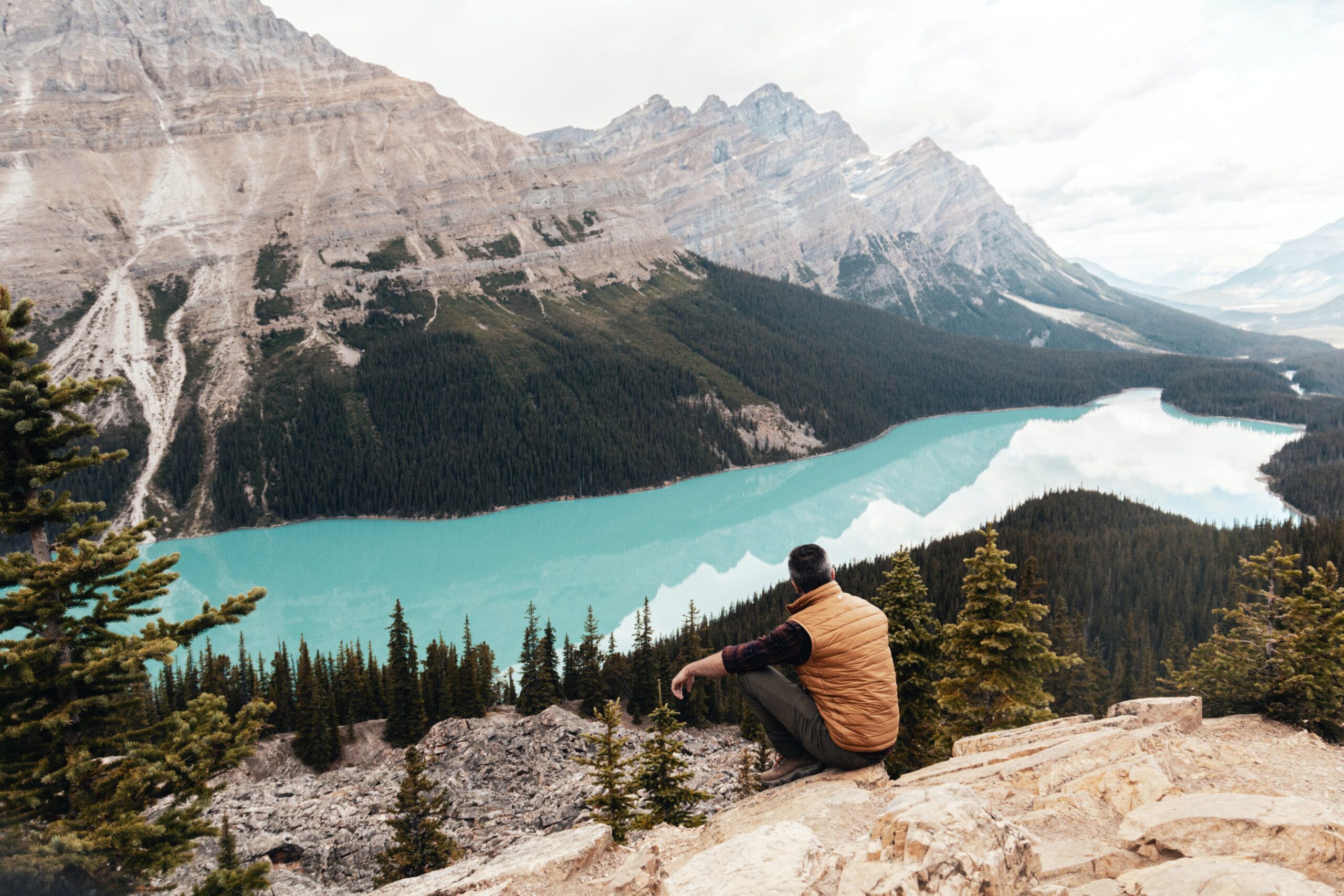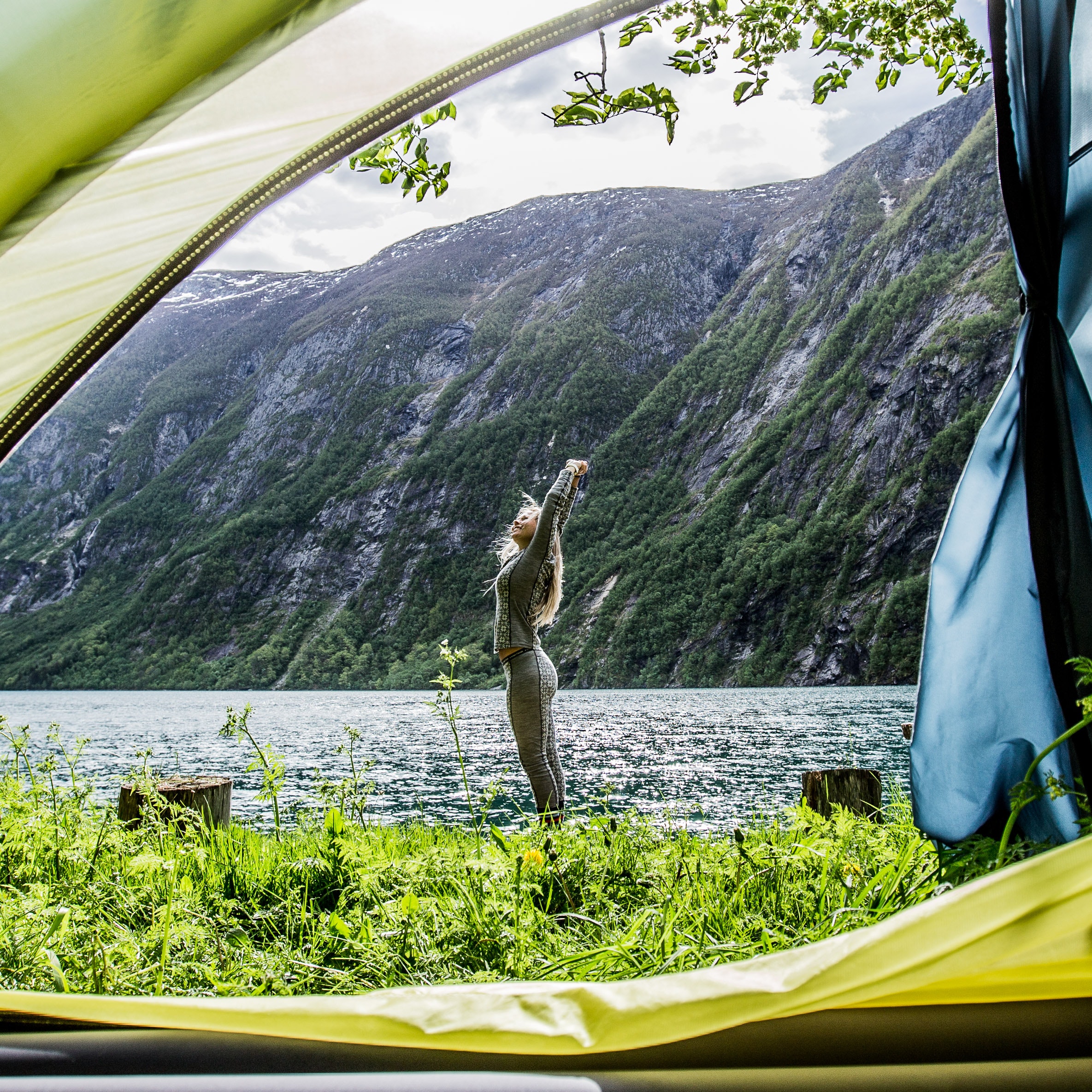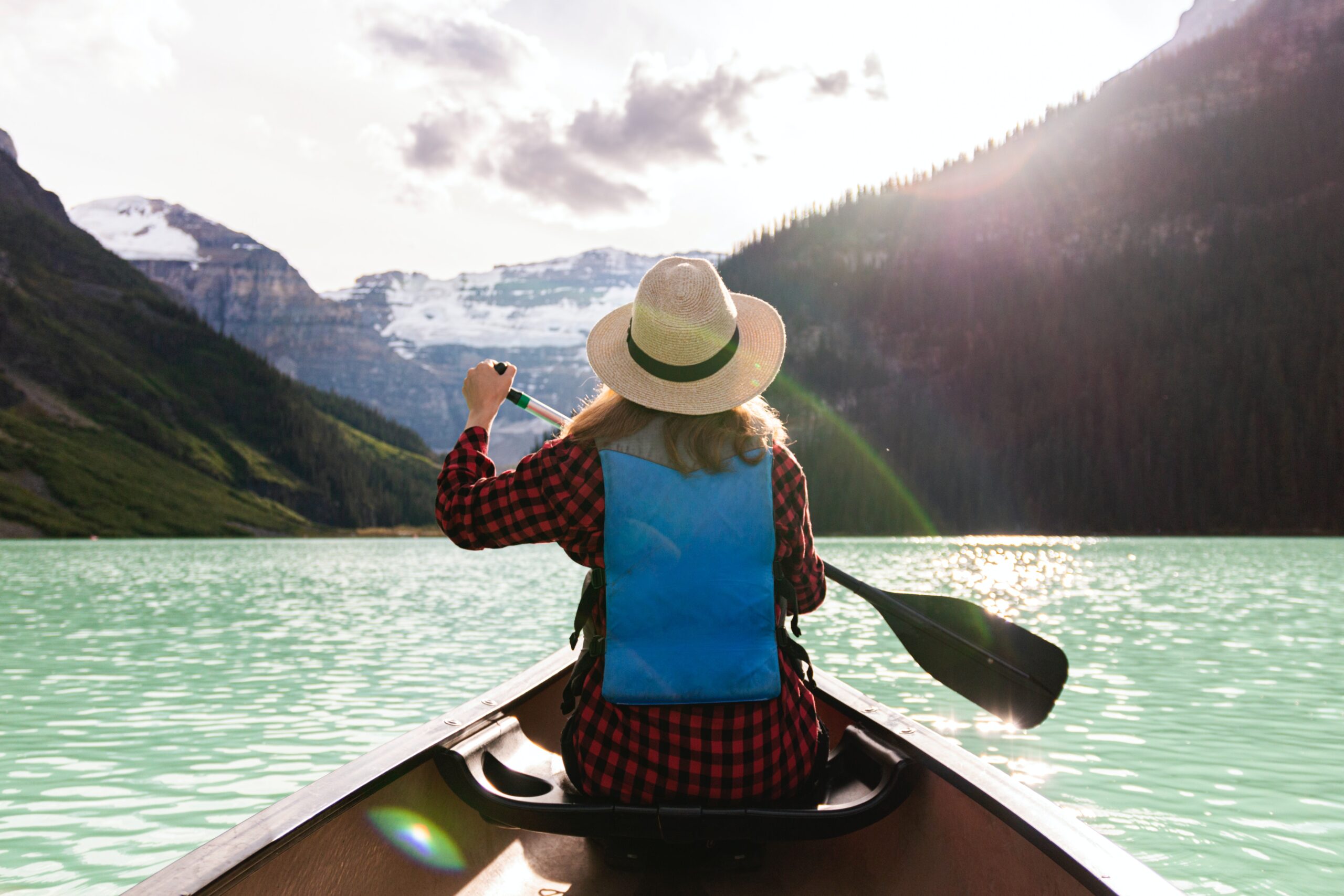Introduction to Travel Photography :
The allure of capturing unforgettable moments & Exploring the power of visual storytelling through Travel photography.
Travel photography has the remarkable ability to transport viewers to distant lands and evoke a sense of wanderlust like no other art form. Through the lens of a camera, photographers have the unique opportunity to immortalize fleeting moments and share their perspective of the world with others. Whether you’re a seasoned traveler or a budding adventurer, these expert tips will help you elevate your travel photography skills and capture jaw-dropping images that tell captivating stories.
Understanding the Essentials of Travel Photography
When embarking on a journey to capture breathtaking travel photos, it is essential to have the right gear by your side. Here are some considerations to keep in mind:
Choosing the right gear for the journey
a. Cameras: DSLR vs. Mirrorless
DSLR cameras offer exceptional image quality and versatility, making them a popular choice among professional photographers. Their interchangeable lenses allow for greater customization and adaptability to different shooting conditions.
On the other hand, mirrorless cameras are compact and lightweight, making them an ideal option for travel photography, where mobility is often key. They offer features like electronic viewfinders and in-body image stabilization, which can greatly enhance the shooting experience.
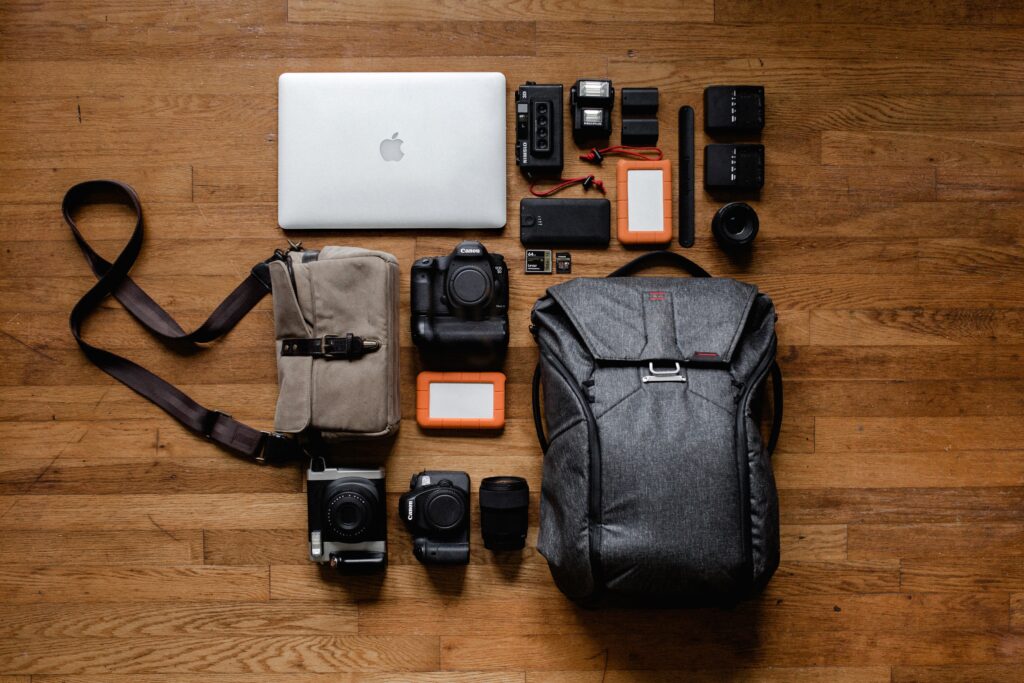
b. Lenses: Versatility vs. Specialization
Opting for versatile lenses, such as zoom lenses, can provide greater flexibility in capturing a wide range of subjects and scenes without the need for frequent lens changes.
Specialized lenses, like wide-angle or telephoto lenses, allow photographers to capture unique perspectives and details that would be difficult to achieve with standard zoom lenses.

c. Must-have accessories: Tripods, filters, etc.
Tripods are essential for capturing sharp images, especially in low-light conditions or when using longer shutter speeds.
Filters, such as polarizers or neutral density filters, can help enhance colors, reduce glare, and create long exposure effects, adding a touch of creativity to your images.
Packing smart: Travel-friendly equipment and tips
When traveling, it’s important to pack strategically to ensure that your gear remains safe and easily accessible. Here are some tips:
Invest in a durable and lightweight camera bag or backpack that offers ample protection and organization for your equipment.
Consider using cushioning inserts or dividers to prevent gear from shifting and bumping into each other.
Pack wisely by prioritizing essential equipment and leaving behind unnecessary accessories.
Remember to carry extra batteries and memory cards to avoid running out of power or storage space during your travels.
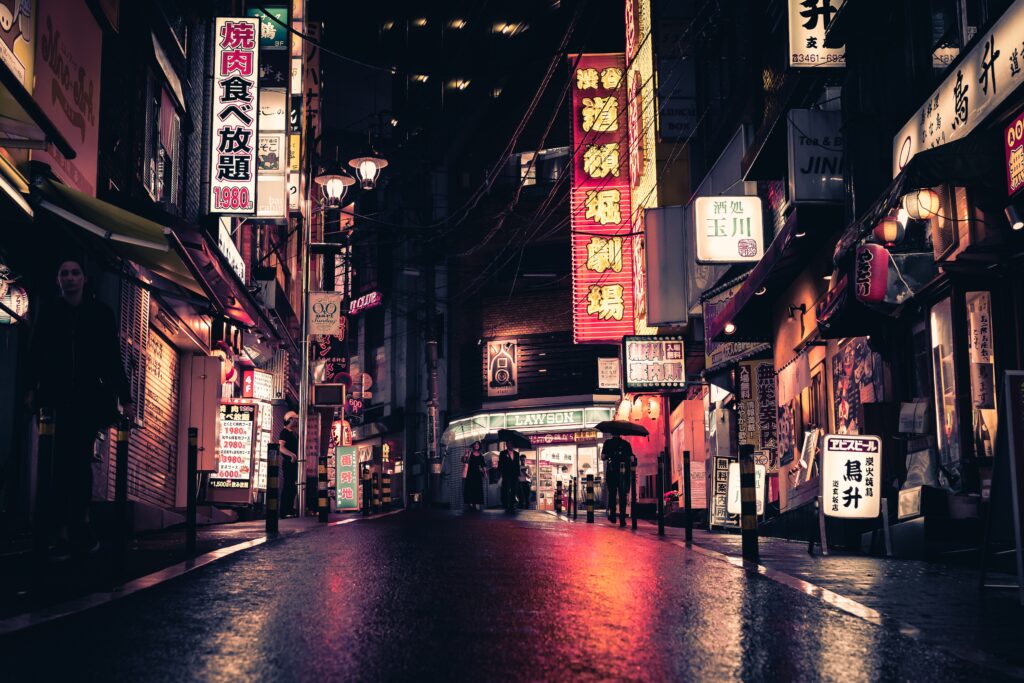
Mastering the composition technique:
Composition plays a vital role in creating visually compelling travel photographs. Here are some techniques to help you master composition:
Rule of thirds: Balancing the elements of your shot
The rule of thirds divides the image into a grid of nine equal parts, placing key elements along the lines or at their intersections. This technique creates balance and visual interest, allowing the viewer’s eyes to naturally flow through the image.
Utilizing leading lines for a captivating perspective
Leading lines are elements within a scene that guide the viewer’s gaze towards a specific subject. By incorporating these lines into your composition, whether they be roads, fences, or rivers, you can create a powerful sense of depth and draw the viewer deeper into the image.
Framing: Adding depth and context to your images
Framing is a technique that involves using elements within the scene to frame your subject. This can be done through natural objects like archways, windows, or foliage. By framing your subject, you not only add depth to the image but also provide context and a unique perspective.
Exploring unique angles and viewpoints
Don’t be afraid to experiment with different angles and viewpoints to add creativity to your photographs. Get low, climb high, or even tilt your camera to capture unique perspectives that offer a fresh take on familiar scenes. This will help your images stand out and spark viewers’ curiosity.
Navigating Lighting Challenges
Mastering lighting is crucial in travel photography as it can make or break an image. Here are some tips to help you navigate different lighting conditions:
Making the most of natural light
a. Golden hour: Harnessing the magic of sunrise and sunset
The golden hour refers to the period shortly after sunrise or before sunset when the light is soft, warm, and diffused. During this time, landscapes are bathed in an ethereal glow, casting enchanting shadows and adding a touch of magic to your photographs. Be sure to plan your shoots accordingly to make the most of this exceptional lighting.
b. Difficult lighting conditions: Overcoming shadows and harsh sun
When faced with challenging lighting situations, such as midday sun or heavily shaded areas, look for ways to diffuse or control the light. Using reflectors, diffusers, or even a simple piece of white fabric can help soften harsh shadows or balance out the exposure in high contrast scenes.

Mastering artificial lighting techniques
a. Utilizing flash and external lighting
While natural light is often preferred in travel photography, there are instances when artificial lighting can be valuable. Experiment with external flashes or portable LED lights to add a touch of fill light or highlight specific subjects, especially in situations with dimly lit environments or backlit scenes.
b. Capturing stunning nightscapes and city lights
Night photography can open up a world of possibilities when it comes to capturing unique travel images. Experiment with long exposures, use a tripod for stability, and embrace the interplay between artificial lights and the night sky to create breathtaking cityscapes or star-trail photographs.
Interacting with Local Cultures and People
One of the most rewarding aspects of travel photography is immersing yourself in the local culture and engaging with the people you encounter. Here are some tips for capturing memorable moments:
Building a connection: Ethical considerations and cultural sensitivity
Respect the local customs, traditions, and privacy of the people you photograph. Always seek permission before taking someone’s picture, and be aware of cultural sensitivities when photographing religious ceremonies or sacred sites.
Capturing candid moments: Street photography tips
To capture authentic and candid moments, blend into the surroundings and observe the scene without interrupting or staging. Patience is key in street photography, as it allows you to anticipate and capture those fleeting, emotionally charged moments that truly tell a story.
Overcoming language barriers and cultural differences
Traveling to unfamiliar destinations often means encountering language barriers. To overcome this, learn a few basic phrases in the local language, use gestures when communicating, and approach people with kindness and respect. A smile can go a long way in establishing a connection and breaking down barriers.
Creating a Sense of Scale and Perspective
Creating a sense of scale and perspective in your travel photographs can add depth and context to your images. Here are a couple of techniques to consider:
Showcasing grand landscapes: Including human elements
Including a human element within vast landscapes can help convey the grandeur and scale of the scene. A lone figure standing on a mountain peak or walking through a vast desert can provide a sense of perspective and highlight the immensity of the surroundings.

Macro photography: Discovering the beauty in details
Macro photography allows you to explore the intricate details of your surroundings. Whether it’s capturing the delicate petals of a flower or the texture of an ancient building, getting up close and personal reveals a whole new world of beauty that may otherwise go unnoticed.
Storytelling through Post-Processing
Editing your travel photos is an essential part of the storytelling process. Here are some aspects to consider when post-processing your images:
Editing fundamentals: Enhancing the mood and aesthetics
Start by adjusting basic elements like exposure, contrast, and white balance to bring out the true essence of your photograph. Experiment with different editing techniques to enhance the mood and aesthetics, while still maintaining the natural integrity of the scene.
Leveraging advanced editing techniques: HDR, panoramas, etc.
Advanced editing techniques, such as HDR (High Dynamic Range) or panoramas, can help create impactful images that convey a wide tonal range or an expansive view. However, it is essential to strike a balance and avoid over-processing, preserving the authenticity and integrity of the scene.
Preserving authenticity: Ethical guidelines in post-processing
While editing can be a powerful tool, it’s important to remain ethical and authentic in your post-processing. Avoid altering or manipulating key elements of the photograph that may misrepresent the reality of the scene. Let your images reflect the honest beauty you experienced during your travels.
Overcoming Unexpected Challenges
When embarking on a travel photography journey, there will inevitably be unexpected challenges along the way. Here are some tips to help you navigate through them:
Dealing with weather disruptions and unforeseen circumstances
Nature is unpredictable, and weather disruptions can often pose challenges for photographers. Be prepared for unexpected conditions by packing appropriate gear, such as rain covers for your camera and lens, or warm clothing for chilly climates. Embrace the changing circumstances, as they can often lead to unique and extraordinary photographic opportunities.
Finding beauty in unexpected places: Embracing spontaneity
Sometimes the most extraordinary photographs can be found in the most unexpected places. Embrace spontaneity and let your curiosity guide you. Be open to exploring off-the-beaten-path locations, interacting with locals, or capturing everyday routines, as they can lead to remarkable photographic discoveries.
Ensuring Safety and Security while Traveling
When traveling, it is crucial to prioritize the safety and security of both yourself and your gear. Here are some tips to help you stay vigilant:
Securing your gear: Tips for protecting your equipment
Invest in sturdy camera straps and bags that offer anti-theft features, such as slash-proof materials or locks. Secure your gear in crowded areas, and avoid drawing unnecessary attention to your equipment. Always keep an eye on your belongings and be cautious of potential theft or loss.
Staying vigilant: Safety precautions in unfamiliar surroundings
Research your travel destination beforehand to familiarize yourself with local customs, laws, and any potential safety concerns. Carry a photocopy of important travel documents, stay aware of your surroundings, and trust your instincts. Travel insurance is also essential to provide peace of mind in case of unforeseen circumstances.
Developing Your Unique Photographic Style
As you progress on your travel photography journey, developing your own unique style is essential for personal growth as an artist. Here’s how you can cultivate your style:
Finding inspiration: Exploring the works of renowned travel photographers
Immerse yourself in the works of renowned travel photographers. Analyze their techniques, compositions, and themes, and let it inspire your own creative process. However, it’s vital to find your own voice and not attempt to mimic their work, but rather use it as a stepping stone to finding your unique vision.
Experimenting with different styles and techniques
Don’t be afraid to experiment with different styles and techniques that resonate with you. Whether it’s capturing landscapes, portraits, or architectural details, varying your approach allows you to discover new perspectives and unleash your creativity.
Cultivating your own visual storytelling approach
Photography is a powerful tool for storytelling, and developing your own visual storytelling approach can set your work apart. Consider the emotions and narratives you aim to convey and experiment with different ways to translate them into images. By honing your storytelling skills, you can create photographs that captivate viewers and leave a lasting impression.
Summary: Elevating Your Travel Photography Skills By following these expert tips, you can take your travel photography to new heights. Remember to choose the right gear for your journey, master composition techniques, navigate lighting challenges, interact with local cultures, create a sense of scale and perspective, tell stories through post-processing, overcome unexpected challenges, prioritize safety, and nurture your unique style. Let your passion for travel and photography shine through, and embark on a captivating visual journey that will inspire others.
What camera gear is best suited for travel photography?
The choice of camera gear depends on personal preferences and shooting style. Both DSLR and mirrorless cameras have their advantages, so consider factors such as image quality, portability, and versatility when making your decision.
How can I improve my composition skills to capture more engaging images?
Practice is key when it comes to composition skills. Experiment with different techniques, study the works of renowned photographers, and develop your visual awareness by observing your surroundings. With time and practice, you’ll develop a keen eye for composition.
What are the ethical considerations when photographing local cultures?
Respect for the local culture and people should always be a priority. Seek permission when photographing individuals, be aware of cultural sensitivities, and avoid exploiting or misrepresenting local customs or traditions.
How can I enhance my post-processing skills to bring out the best in my travel photos?
Post-processing skills can be improved through practice and experimentation with photo editing software. Look for tutorials, online courses, or workshops to learn new techniques. Remember to preserve the authenticity of your images during the editing process.
What steps should I take to ensure the safety of my gear while traveling?
Several steps can be taken to ensure the safety of your gear while traveling. Invest in a sturdy camera bag with anti-theft features, keep your gear with you in crowded areas, avoid drawing unnecessary attention to your equipment, and consider purchasing travel insurance to protect your gear from theft or damage
With these expert tips in mind, it’s time to embark on a remarkable journey with your camera in hand. Unveil the secrets of travel photography and capture breathtaking images that will transport viewers to distant places and ignite their passion for adventure. Happy shooting! Travel Photography!

